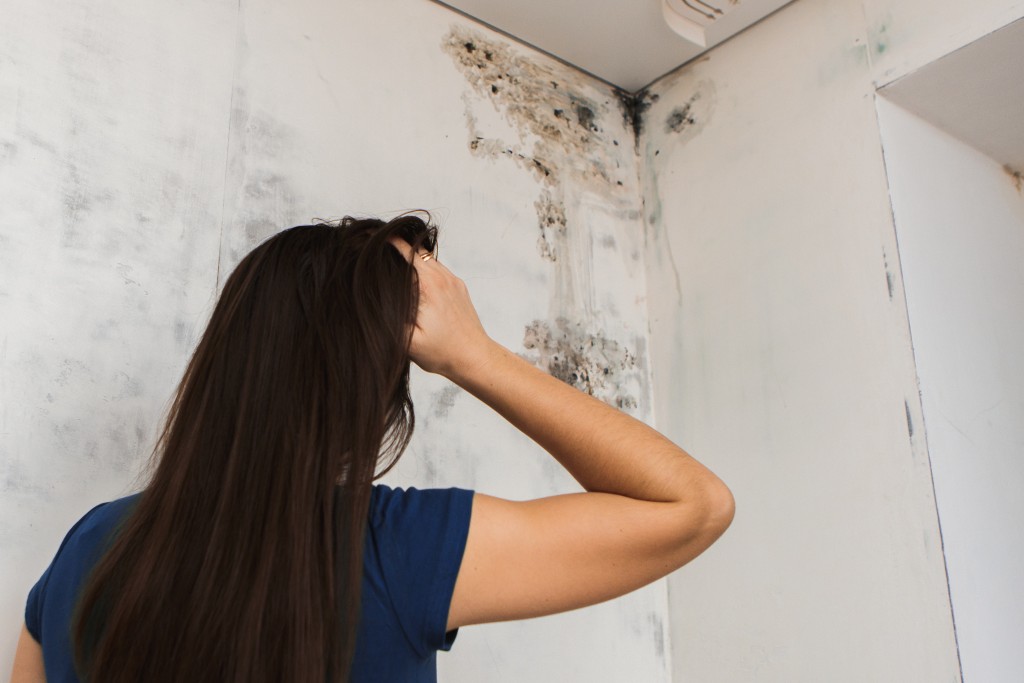By the looks of it, things have seemingly turned uglier by the day as COVID-19 continues to wreak havoc and has its way with the world. It’s no accident that news outlets in America are dubbing all the misery as apocalyptic times. And who can blame them? Not only has the pandemic taken center stage in almost every city in the U.S., but the invisible virus has also sent our lives back to the Dark Ages.
The upside is that you now have all the time in your hands to attend to important things you rarely do. Top of that list: keeping the house free of mold and mildew. Who wouldn’t want a house free from these pesky fungi that discolor your abode while putting your family in danger with all the toxins? A closer look should tell you that mold exposure can cause unwanted illnesses in humans. So before you say no, think again. There may not be a better time for you to clean the house. If only allergies won’t stand in the way.
Mold: Painting Your House Ugly from the Inside
Appearances can certainly be deceiving. All those moisture-free walls, immaculate floors, and furniture in pristine condition can give make you happy. Everything seems just where you want it to be.
But for how long? Mold is a sneaky enemy. Through time, this malevolent creature creeps into your home, manifesting itself where dirt and dust accumulate. Put in the mix moisture, and you have just the perfect breeding ground for mold to multiply.
It’s but a matter of time, and you get yourself a full-blown mold invasion turning your house upside down. Initially, most mold on households does not cause you problems. Mold spores that go unattended for a long time will duplicate like gremlins in hyper mode. Then when you get to notice them, it may be too late.
Moisture is the number one reason mold sprouts on your ceiling, walls, floors, and most of your household furniture. Be careful, though. When left to their own devices, these creepy fungi can multiply wild. Try leaving your home for months, and you’ll see how your prized abode can mysteriously transform into a ghost house.
Your goal, therefore, is to stop mold dead on its tracks. If not, you could be on the losing side of the battle. Consequently, you and your family may experience a host of health complications that will make you think that someone has cast an evil spell on your home.
The first stop is allergies. For people who are sensitive to allergens, mold is bad news. The fungi can be toxic. Worse, it can trigger allergies, too.
And with that comes a host of pesky complications with a runny nose, watery eyes, an itchy throat, and sneezing as just some of the milder symptoms. If that’s not trouble enough, you will find yourself moving heaven and earth to stop allergic conjunctivitis or allergic eyes.
To note, allergic conjunctivitis is an inflammation in the eyes caused by micro-allergens in the form of mold and house dust mites. What that means for you is that you’ll experience itching in the eye, which is accompanied by eyelid swelling, eye pain as if a foreign body has entered your eye, and tearing. In short, it’s going to make your eyes work doubly hard to appreciate the outside world.
Tracking the Menace
Mold can only be a big problem if you let it take hold. The trick is to be always on guard. Be one step ahead of the fungi monster. Thankfully, like any living organism on the planet, mold demonstrates an unmistakable character that’s predictable by nature.
Know that mold abounds where moisture lies unchecked. So finding every nook and cranny of your precious abode where moisture is a constant is key to zeroing in on the fungi. Some of the most common places are:
- Bathroom area (bathtub, shower, floor)
- Kitchen sink
- Mattresses and carpets
- Basements and attics
- Ceilings and walls
- Heating ducts and air Conditioners
Remember that mold can travel through the air, too. One obvious way to track it is by the nose. Though not as pungent as a dead frog, mold gives off a musty smell reminiscent of unwashed wet socks.
Prevention Is Better Than Cures

Once spotted, you should trace the source of the mold. Then again, that’s a lot of work. As microscopic as these fungi are, they thrive in just about every organic matter in the house. That includes your clothes, your shoes, and your important paper documents. On top of that, mold parks on your ceilings, walls, and floors.
The best way to contain mold and mildew in advance is by keeping moisture at an utmost minimum. Proper moisture management is key to putting your house in order.
When you sum it all up, there really is no shortcut to free you from all the mold in just a day. But when everyone in your abode put their mind to it, winning that battle and keeping your house in tiptop shape should just be a short order, not to mention keeping allergies away.




